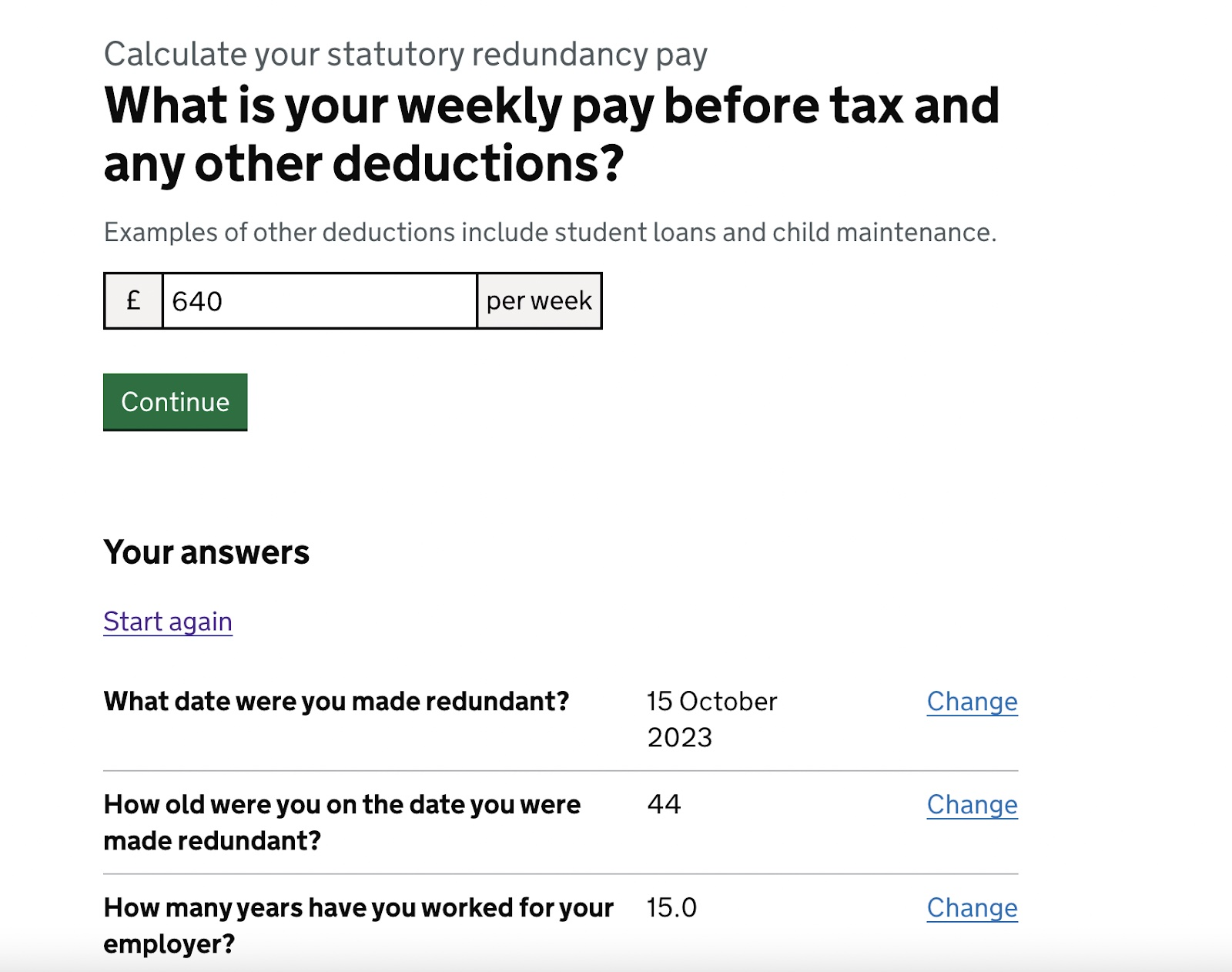Who Pays Redundancy Money? Recognizing Company Obligations in the UK
Who Pays Redundancy Money? Recognizing Company Obligations in the UK
Blog Article
Checking Out the Operational Characteristics of Business Redundancy and Its Long-Term Sustainability

Redundancy Approaches for Business Continuity
In order to ensure undisturbed operations, businesses need to carry out reliable redundancy strategies for business continuity. Redundancy in this context describes the replication of critical components or functions within a system to mitigate the influence of potential failings. By integrating redundancy methods, organizations can boost their durability versus disruptions triggered by numerous variables such as all-natural disasters, equipment failures, or cyber-attacks.
One usual redundancy approach is the implementation of backup systems and information storage space remedies. This involves creating matches of essential information and systems that can be activated in instance of a primary system failing. Furthermore, organizations can establish repetitive communication channels and power resources to keep connectivity and procedures during unexpected events.
Furthermore, cross-training workers to execute numerous duties within the business can function as a valuable redundancy method. This guarantees that vital tasks can still be performed even if essential employees are inaccessible due to ailment or other reasons. On the whole, reliable redundancy approaches are vital for businesses to maintain functional connection and lessen the influence of possible interruptions.
Influence of Redundancy on Organizational Strength
Offered the crucial duty redundancy strategies play in making certain company continuity, checking out the influence of redundancy on business strength becomes critical for understanding the all natural operational characteristics of a company. Organizational durability refers to an entity's ability to adapt to interruptions, recoup from troubles, and transform when required while maintaining core functions. Redundancy, when strategically applied, can dramatically add to enhancing a company's strength in the face of unanticipated obstacles. By having back-up systems, personnel, or procedures in location, companies can much better endure shocks and proceed procedures with minimal disturbance.
Moreover, redundancy can strengthen worker morale and self-confidence, understanding that there are contingency plans in position to resolve unanticipated situations. This complacency can lead to enhanced performance and a more positive job atmosphere. Additionally, redundancy can promote advancement and imagination within an organization as employees really feel equipped to take calculated risks, recognizing that there is a safety and security internet to support them in situation of failure. On the whole, the impact of redundancy on business resilience is profound, forming the long-lasting sustainability and success of a company.
Stabilizing Performance and Flexibility in Redundancy
Achieving an unified equilibrium between operational effectiveness and adaptive flexibility is a critical challenge in the our website strategic implementation of redundancy within organizations. As well much flexibility without a solid operational structure can result in inadequacies and variance.
To stabilize efficiency and adaptability in redundancy preparation, companies should very carefully analyze their operational demands, market characteristics, and critical goals. Eventually, finding the appropriate balance between performance and versatility is critical for constructing a resilient and lasting organization in the face of unpredictability.
Long-Term Sustainability Via Redundancy Preparation
To make sure long-lasting feasibility and stability, organizations need to purposefully straighten their redundancy planning with long-term sustainability objectives, thereby harmonizing operational performance with flexible flexibility. Lasting sustainability through redundancy planning entails greater than simply temporary cost-cutting actions. It calls for a comprehensive critical strategy that anticipates future difficulties and opportunities. Companies must watch redundancy not as a reactive solution to instant issues but as an aggressive approach for lasting success. By incorporating redundancy planning with sustainability objectives, companies can develop a durable structure that can stand up to numerous market changes and interior adjustments.

Proactive Procedures for Sustainable Business Operations
Exactly how can firms proactively boost their operational sustainability for long-term success? Implementing aggressive actions is crucial for firms intending to ensure sustainable procedures. One essential strategy is to buy innovation and development to streamline processes, reduce waste, and remain affordable in the market. Taking on lasting techniques such as minimizing power usage, lessening carbon footprint, and optimizing source use can not only profit the setting however additionally cause set you back financial savings in the lengthy run.
Furthermore, fostering a society of constant improvement and discovering within the company can enhance versatility to transforming market problems and customer needs. Motivating worker participation in decision-making read the article procedures and providing opportunities for specialist advancement can enhance morale, performance, and total performance. Developing clear goals, keeping track of crucial performance signs, and consistently assessing progress are important parts of positive sustainability monitoring.
Working together with vendors, clients, and other stakeholders to advertise sustainable techniques throughout the supply chain can produce a ripple effect of positive effect - redundancy pay if company goes bust. By taking positive actions towards operational sustainability, companies can develop durability, drive development, and secure their lasting success in an ever-evolving company landscape
Verdict

In the world of organizational monitoring, the strategic implementation of business redundancy stands as a critical yet intricate practice that necessitates a delicate balance between operational performance and lasting practicality. By exploring the operational dynamics that underpin business redundancy and evaluating its more comprehensive implications for organizational resilience and adaptability, a nuanced understanding of just how redundancy strategies can form the future trajectory of a firm begins to unravel.Given the check here vital role redundancy techniques play in making sure service connection, checking out the influence of redundancy on business resilience comes to be necessary for comprehending the alternative functional dynamics of a company. Generally, the impact of redundancy on business resilience is profound, shaping the long-lasting sustainability and success of a firm.
In final thought, understanding the operational characteristics of company redundancy is critical for ensuring lasting sustainability.
Report this page